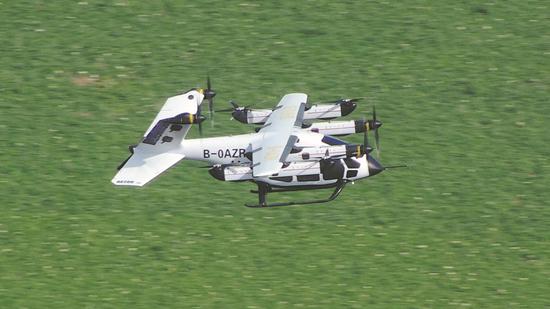
An AE200 aircraft developed by Aerofugia completes its phase-2 flight test on June 23. (PHOTO/CHINA DAILY)
Chinese electric vertical takeoff and landing (eVTOL) companies have demonstrated strong competitiveness compared with their counterparts in the United States and the European Union amid flourishing development of the low-altitude economy, or advanced air mobility, thanks to strong market demand, policy support and China's solid manufacturing foundation, industry experts said.
Commonly known as air taxis, eVTOL aircraft don't require traditional airports, runways or heliports, which makes them a promising option for short trips in urban settings.
Morgan Stanley expects the emerging sector to be worth some $1.5 trillion by 2040, and in anticipation of this rapid growth, many countries have set aggressive timetables for the rollout of AAM services.
Jiang Dagang, deputy dean of the school of aeronautics and astronautics at the University of Electronic Science and Technology of China, said eVTOL aircraft have huge application potential as they are safer and more environmentally friendly than traditional helicopters. Moreover, they are naturally suited for intelligent and unmanned operations.
"They can be widely used in fields such as business travel, medical emergency services and disaster relief," Jiang said.
He said China has become a top player in the field of unmanned aerial vehicles — or drones — thanks to its strong manufacturing capability and the integration of the entire industry chain from basic research and key technologies to complete products.
"Although China lags behind some developed countries in the field of traditional general aviation, the rise of China's new energy electric vehicles has provided strong support for the research and development, and production of eVTOLs and their key components including batteries, motors and electronic controls," he said.
Aerofugia, a Chengdu, Sichuan province-based eVTOL aircraft developer and a subsidiary of Chinese automaker Geely Technology Group, completed Phase-2 flight tests for its self-developed AE200 for airworthiness technology validation on June 23. This was also the first public demonstration of the AE200's tilt transition flight test.
The AE200 is a five to six-seat manned tiltrotor eVTOL aircraft with a range of 200 kilometers. It is designed for commercial passenger transport in densely populated areas, as well as for scenarios such as air tourism and emergency rescue, the company said.
Previously, Aerofugia announced on June 12 that the AE200 had completed the full-size, full weight and full-envelope tilt transition flight tests, making it the first eVTOL company in China and the second worldwide to complete such tests.
On the heels of Aerofugia's announcement, Archer Aviation, a leading eVTOL company based in the US, announced on the same day that its uncrewed Midnight model had also completed a full transition to wing-borne flight. The company posted a nine-minute video of the flight, with the lift/cruise propellers tilting 90 degrees forward to horizontal.
Fei Lan, marketing director of Aerofugia, said the company is strengthening cooperation with its partners, including Sino Jet, one of the largest business aircraft operators in the Asia-Pacific region, and CITIC Offshore Helicopter Co Ltd, to accelerate the commercial application of eVTOL aircraft and contribute to the formation of a three-dimensional urban transportation ecosystem.
In early April, Guangzhou, Guangdong province-based eVTOL maker EHang Holdings Ltd obtained a production certificate for its EH216-S passenger-carrying pilotless eVTOL aircraft from the Civil Aviation Administration of China. It is said to be the first production certificate issued in the global eVTOL industry.
As the two-seater EH216-S had earlier obtained type certificate and standard airworthiness certification from the CAAC, this step marks a significant leap toward the mass production stage and follow-up commercial operations, the company said.
Jiang said China's eVTOL industry is expected to see a boom in growth in the coming years as authorities attach greater importance to the low-altitude economy.
Revenue from China's eVTOL sector surged 77.3 percent year-on-year to 980 million yuan ($135 million) last year, according to a report released by market research firm CCID Consulting. The report estimates that the eVTOL sector will maintain rapid growth in the next few years, with the market scale hitting 9.5 billion yuan in 2026.
"A key task at present is to accelerate the pace of airworthiness certification so as to lay the foundation for the commercial application of eVTOL aircraft," Jiang added.
Cao Baolin, a researcher at the Institute of New Economic Development, echoed Jiang's view.
"By fully leveraging China's spillover advantages in the new energy vehicle industry chain, the country's eVTOL industry is expected to transform from a follower to a leader, becoming another global calling card for China after NEVs," Cao said.
He said eVTOL products developed by Chinese companies feature various configurations and technological approaches, showing the vitality and potential of China's eVTOL industry. However, there is still a considerable gap between Chinese and advanced foreign peers in terms of commercial operation.
"Overseas companies, such as Joby Aviation, Archer Aviation, Volocopter and Beta Technologies, have launched urban air traffic demonstration projects in several cities, demonstrating more mature business models," Cao said, adding that China's current eVTOL models mainly focus on urban air tours at dedicated takeoff and landing sites.
"The range and scope of commercial applications for eVTOL aircraft in China still need to be further expanded," he said.








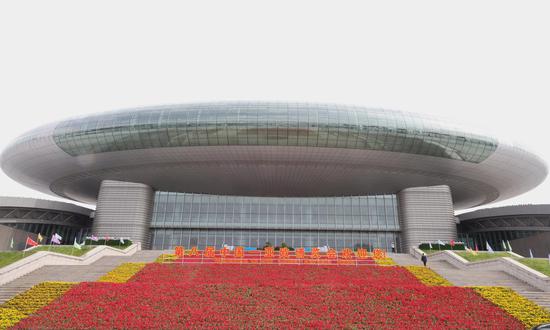



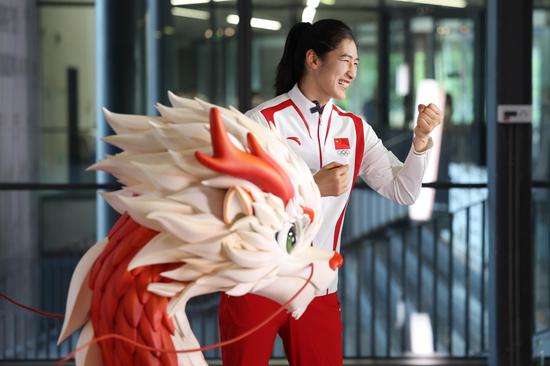
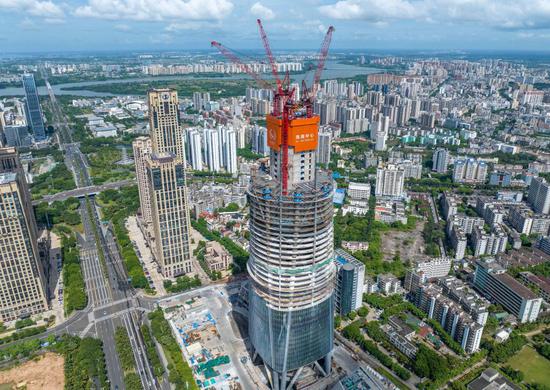



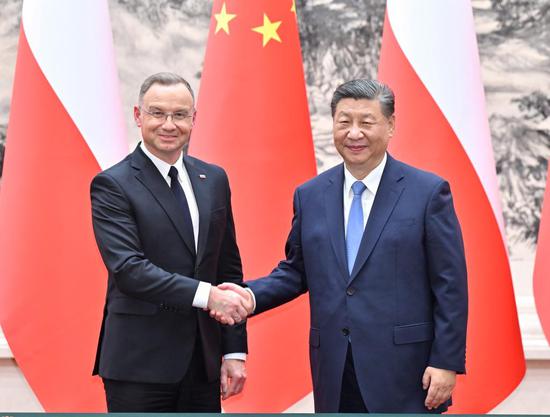







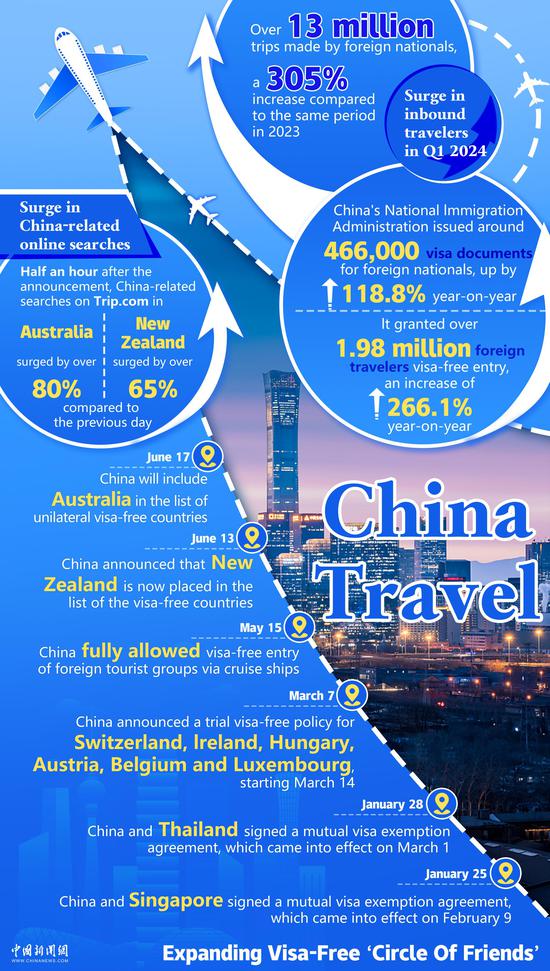






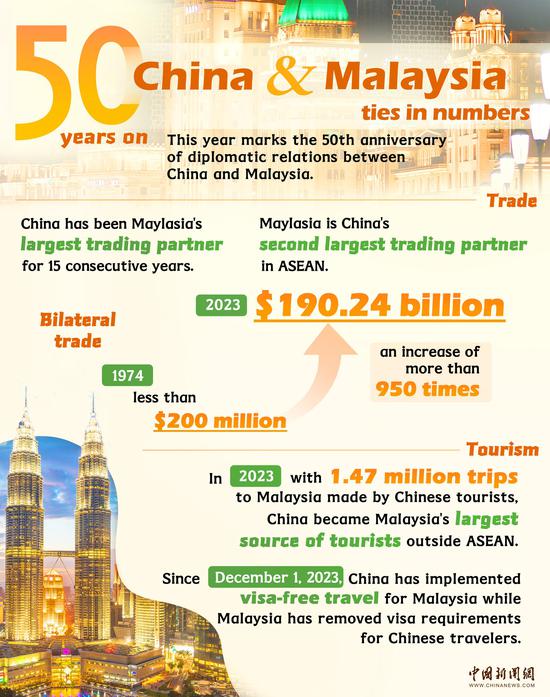



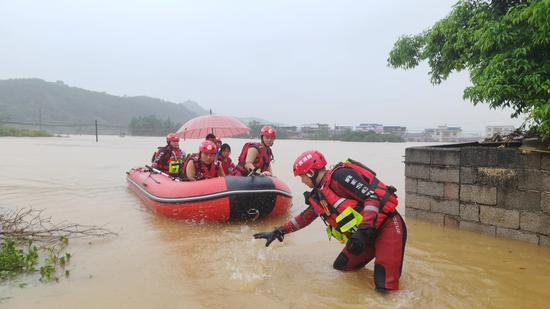




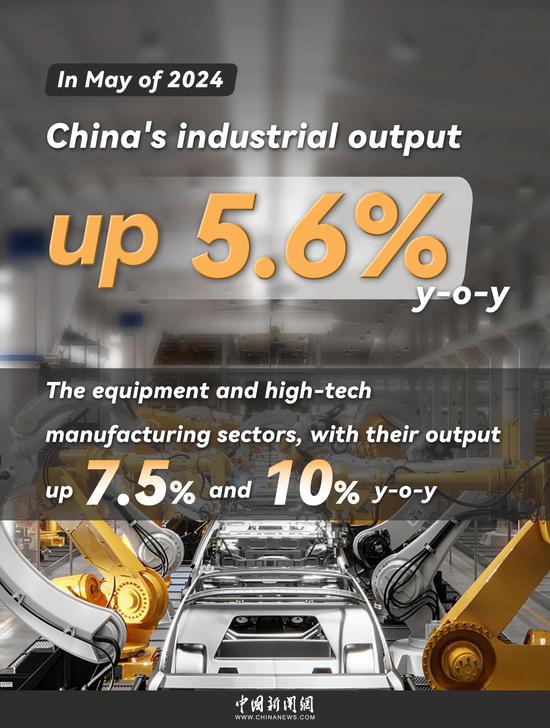








 京公网安备 11010202009201号
京公网安备 11010202009201号